Comprising of Steve Hovington (vocals + bass), Paul Statham (guitar), Rick Holliday (keyboards), and Graham Boffey (drums), Mansfield quartet B-MOVIE are most often associated with being part of the Some Bizzare stable managed by futurist DJ Stevo Pearce which also included SOFT CELL and THE THE. They had all appeared on the ‘Some Bizarre Album’ compiled by Stevo which also showcased DEPECHE MODE and BLANCMANGE.
Phonogram Records wanted to sign B-MOVIE so Stevo insisted on a 2-for-1 deal which included SOFT CELL. But their trio of singles from that heady period ‘Remembrance Day’, ‘Marilyn Dreams’ and ‘Nowhere Girl’ failed to breakthrough into the UK Top40 while SOFT CELL hit No1 with ‘Tainted Love’ in 1981 and began an outstanding run of a five Top3 singles into 1982. Ultimately Phonogram and Stevo lost interest in B-MOVIE and an album they were working on was shelved.
A fragmented B-MOVIE led by Hovington and Statham signed to Sire Records and released the album ‘Forever Running’ in 1985 but by then, the magic that had sparked major label interest had fizzled out. B-MOVIE quietly disbanded but in 2004, the original quartet reformed. Despite releasing two new ‘The Age of Illusion’ and ‘Climate of Fear’, talk always returned to their Some Bizzare era with demand for its imperial trilogy of singles to be made available in the digital era.
Now in 2025, those three singles, their B-sides and tracks recorded between 1981-1982 for an intended long player have been digitised and restored to create the debut “that never was”. Titled ‘Hidden Treasures’, as well as featuring seven previously unreleased recordings plus ‘Remembrance Day’, ‘Marilyn Dreams’ and ‘Nowhere Girl’ tracks on vinyl, the CD version contains 12” versions, B-sides and ‘Moles’ from the ‘Some Bizarre Album’, the futurist collection compiled by Stevo Pearce which also showcased SOFT CELL, THE THE, DEPECHE MODE and BLANCMANGE.
Paul Statham chatted to ELECTRICITYCLUB.CO.UK about the release of ‘Hidden Treasures’ and revisited this lost chapter of B-MOVIE…
How does it feel to get this excellent album that was recorded 43 years ago out finally? Were there a lot of hoops to jump through in the politics to get it to this point?
We had almost given up of ever getting the original 3 singles of ‘Remembrance Day’, ‘Marilyn Dreams’ and ‘Nowhere Girl’ on any streaming platform as the no one knew who owned them or if they still existed. It was thanks to the diligence of B-MOVIE manager and long-time fan Andy Woods, that he located them and got them returned to us.
It’s a little disconcerting listening back to how we were back then! We had lots of confidence that’s for sure! It’s of its time and we changed nothing and neither added or taken anything away, so it’s like a document or treasure we’ve found that was hidden away, hence the fitting title!
The ‘Hidden Treasures’ title definitely suits the circumstances that it is being released now, but did you have any working titles during its recording?
Normally it’s a song title that could work as an album title, ‘Beginning To Fade’ would have been appropriate!
Was there much tweaking needed on any of the ‘Hidden Treasures’ tracks or are they basically “sold as seen”?
Sold as seen. The initial master tapes were baked, transferred and we luckily had the stereo mixes of most tracks, I believe the song ‘Crowds’ was remixed though.
I’m assuming most of the ‘Hidden Treasures’ was produced by Mike Thorne, but did his commitments to SOFT CELL prompt getting Steve Brown in to produce ‘Nowhere Girl’? As someone who produced ABC’s first single and would later work with WHAM! and THE CULT, how did you choose him? How did his approaches differ from Mike in the studio?
No, Mike only produced ‘Remembrance Day’ and ‘Marilyn Dreams’, the rest were really demos for the band that Andy Dransfield recorded on 8 track at Studio Playground.
I worked again with Mike Thorne on the Peter Murphy album ‘Holy Smoke’ that Mike produced. That was a much longer and involved process as Peter and myself first spent 2 weeks at Mike’s New York studio then a month in England, so I know Mike’s process is very very meticulous, lots of tracking guitars / keyboards and really thinking it through.
The lovely Steve Brown was a funny, sweet man, who unfortunately passed away way too soon. He worked quickly and intuitively, making decisions on the fly and sticking with them. We only really had one day and a night to record Nowhere Girl after a 48-hour drive from Southern Spain where we had just finished our first European Tour. Very hectic, then straight out the studio at 5am to drive to play a Christmas Eve show at Retford Porterhouse! We had lots of energy back then!
As good as it was, ‘Marilyn Dreams’ was less immediate than ‘Remembrance Day’ or ‘Nowhere Girl’… so looking back, was it the best choice as the single between them? Can you remember what the thinking had been behind the decision?
Yes!! After ‘Remembrance Day’, London Records wanted Mike Thorne to produce ‘Nowhere Girl’ as the follow-up. We convinced him to do ‘Marilyn Dreams’ to the record companies’ horror. We were a little naïve but believed in the song. So, a Sliding Doors moment. On the one hand I’d have loved to have heard how Mike Thorne would have produced ‘Nowhere Girl’, but I sort of know. It would have been more electropop and following on from ‘Remembrance Day’ would have probably gone in the Top 40 and given us the hallowed Top Of The Pops… BUT, we would then never had had the magnificent ‘Nowhere Girl’ 12 inch that is surely the definitive version!
The jagged album opener ‘Citizen Kane’ comes over like a cross between THE TEARDROP EXPLODES and ECHO & THE BUNNYMEN, had that “psychedelic” Liverpool Eric’s scene been an influence on B-MOVIE?
It’s more the source of those 2 bands inspiration. We loved THE DOORS and PINK FLOYD as well as ECHO & THE BUNNYMEN, but our sound was also 4 people with diverse tastes and different levels of musicianship. We never followed a ‘plan’ to get to the top. We were considered very wilful individuals, and we played music for ourselves, often extending songs to 10 minutes long. A classic live performance would have been the Futurama Festival were we really jammed out but went down a storm!
‘Polar Opposites’ is included and it’s a great version although I think the John Peel session just edges it, which in your opinion is the definitive version? There have been several versions recorded, was it just a difficult one to nail down?
The John Peel session, 1000%!!
There are some strange guitar parts on this upcoming version that I wouldn’t have played, and it turns out it was Steve who went back in and played over the track. I’ve no idea why but it was 43 years ago!
‘Ice’ is feisty gem of song, can you remember how it come together and why did it not end up on any of the radio sessions you did at the time?
I think it came later, after the Peel Session and the Richard Skinner session. Again, it was us just playing in rehearsal over Steve’s bass line and lyric. We played it live and it always went down a storm
The arrangement of ‘All Fall Down’ is very different to the 1981 John Peel version?
Again, we played it however we felt it at the time. That was probably our downfall commercially as we had no manager invested in us who would ever come to rehearsals, or a bona fide game plan… Stevo was just involved with SOFT CELL, understandably so as they were No1 here and in America, but there was a window for us if we had focused more, partied less and perhaps listened to other people occasionally!
‘Crowds’ was less post-punk and perhaps more of a melodic electronically styled pop song and not dissimilar from say OMD or A FLOCK OF SEAGULLS, how was the band developing musically at this point?
The arrival of Mike Peden on bass was at the time a good idea. It turned out not to be so and signalled the end of the original line-up. We did on this occasion listen to people, just the wrong people with bad advice so we sacked Graham which to me was the biggest mistake we ever made by far! And this sort of fretless bass playing from Peden and a less driving sound that Steve has when he plays bass (he’s actually a top bass player as well as singer!), I’m not a fan of where we went around 1984 onwards
Based on what has been documented on the ‘Remembrance Days’, ‘Radio Days’ and ‘BBC Radio Sessions 1981-84’ CDs, the band were mightily prolific during this period, how would you describe the band’s attitude and drive at this point?
With Martin Smedley on bass and myself playing guitar and keyboards, we formed a B-MOVIE version 2. Steve, Martin and I were re-energised as Mart was a great player and had a real energy. Although we went through other band members like bloody SPINAL TAP. Seymour Stein signed us to Sire. We met Bill Siddons, THE DOORS old manager, as well as Rod Stewart’s manager Arnold Stiefel who told us the Sire album was not up to scratch, he would re-negotiate a new deal (which he was entirely capable of doing) but did we listen? Nope, we went with John Hartman who managed Ringo Starr cos he had a fridge full of beer and had pizzas delivered nightly as we crashed at his LA pad. Turned out it wasn’t even his house, Seymour went ballistic, yelling “that guy still thinks records are played at 78rpm!”…. yep, we failed to notice the gift horse, let alone its mouth.
Is the track listing and running order of ‘Hidden Treasures’ what was intended back in the day or a retrospective selection?
Retrospective. Steve and Andy have been very involved in this, thankfully. I’ve been a little busy of late working with SIMPLE MINDS and a new DARK FLOWERS album plus lots of other things so it’s really down to their tenacity that this album is seeing the light of day
The CD contains bonus tracks in the 12 inch versions and B-sides from the period plus ‘Moles’ from the ‘Some Bizzare Album’, was there any thought to releasing these as part of a double vinyl package or is this something you might be keeping in reserve for Record Store Day?
Ha ha well you never know! There is another album coming out, focusing on the Covid Years! That’s all I’m saying!
How close did what is now ‘Hidden Treasures’ come to being released as the debut B-MOVIE album back in the day, or was it more or less shelved after ‘Nowhere Girl’ failed to get into the Top40?
Shelved. The music industry can be very unforgiving in a short space of time. Stevo wound everyone up but seeing as both SOFT CELL and THE THE had leverage, it was always going to be us who suffered the fall out of his many physical and mental fights with industry bosses. I don’t blame him, they deserved it, and he was a genuine innovator with real passion, but ultimately we paid the price.
As 1982 progressed, there were the inevitable tensions and the band fragmented after the ‘Hidden Treasures’ recordings, are you able to talk about what happened?
As said earlier, influences turned our heads in thinking that a new drummer would somehow aid the new ‘muso’ sound that Mike Peden’s professional session player style required while Rick met Cindy Ecstasy and had SIX SED RED in his mind. I was never involved in the early songwriting so my own position was marginalised, this situation changed after a reset and Steve and myself collaborated on the Sire album ‘Forever Running’ on a lot of the songs,
But then financial reality kicked in and after a revolving door of band members, it was down to Steve and myself to finally admit it had run out of steam. Steve formed ONE and I went to work with Peter Murphy as initially his keyboard player and second guitarist but co-wrote ‘All Night Long’ and ‘Indigo Eyes’ which helped the parent album ‘Love Hysteria’ reach No1 in the Alternative Rock charts prior to the success of follow-up album ‘Deep’.
Most of these songs are previously unreleased and didn’t feature on what eventually became the official B-MOVIE debut album ‘Forever Running’ in 1985… do you think in hindsight you should have carried these songs over to that or did you just want a clean state, for better or worse?
It was necessary to see the trio of Steve, Martin and myself as a new entity. We did a great Kid Jenson session with the 3 of us, I played guitar and keys, Mart played bass and saxophone and Steve sang brilliantly and for a time we felt re energised so again a radio session sounded much more brutal and punky than the eventual album which was watered down by the producer Stephen Stuart Short (again sadly passed away) and after that we all felt a little disillusioned
‘Hidden Treasures’ is equal to the debut albums by your contemporaries TALK TALK, BLANCMANGE and CHINA CRISIS; now this is imagining a “what if?” scenario but if ‘Nowhere Girl’ had been in the Top20 and the album had come out in Autumn 1982, what do think B-MOVIE’s career trajectory might have been?
That’s very kind of you, and yes I think we would have made a classic first album, it would have been spiky and experimental; but I still feel the band would have split after that album, just because we were growing as people and we needed to be able to express ourselves individually.
Do you have any particular favourite track or memory from ‘Hidden Treasures’?
Well, it was a very long time ago and I’ve made a lot of good memories post then. A lot of it I can’t really recall, we liked a drink and often would ferociously do that before recording. I loved the recording of ‘Remembrance Day’ at Scorpio Sound at the top of Tottenham Court Road with Mike Thorne. We spent a lot of time on the tracking of multiple guitar parts and we had Rick playing fantastic piano underneath the track. Also Steve and Graham laid down a fabulous beat and Mike supplied a producer sheen over everything which was extraordinary to what we had previously ever recorded. And I had my first McDonalds which is still there!!
B-MOVIE are playing shows to coincide with the release of ‘Hidden Treasures’, what can people expect, will you be performing the whole album plus the B-sides like ‘Institution Walls’ and ‘Scare Some Life Into Me’?
We have been playing those songs in the set anyway, way before this. We all have different tastes in the band, so we listen to each other when compiling a set list. I’m always pushing for new songs in the set and there will be a few, but overall we tend to look backwards and that is why the set is about 80% of the classic period, but we will be playing some surprise songs from ‘Hidden Treasures’ for sure!
Stevo was not a shy boy in really saying something about how much he hated “Fakkin’ BANANARAMA”, so I think it’s quite amusing that you and Rick ended up writing songs for them…
Ha, I had a ball with Keren and Sara. I think Rick had a song covered by them but I wrote 3 songs with them and those girls were mega fun, drank like mad with wicked senses of humour!
ELECTRICITYCLUB.CO.UK gives its grateful thanks to Paul Statham
Additional thanks to Andy Woods at Astradyne Management
‘Hidden Treasures’ is released as a blue vinyl LP, black vinyl LP, CD and download by Wanderlust Records on 30th May 2025, pre-order available at https://www.roughtrade.com/product/bmovie/hidden-treasures#51527878476107
B-MOVIE 2025 UK live dates:
Manchester Rebellion (30th May), London Dome (31st May) Brighton Prince Albert (1st June)
https://www.facebook.com/B.MovieMusic/
https://www.instagram.com/b_movieband/
Text and Interview by Chi Ming Lai
22nd April 2025

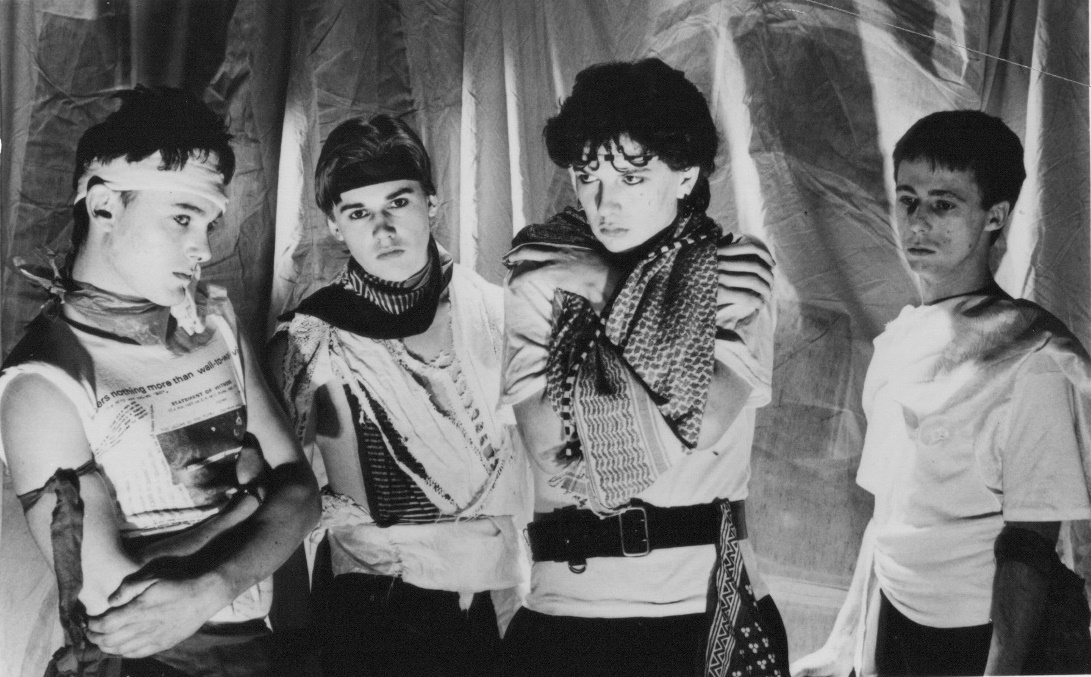
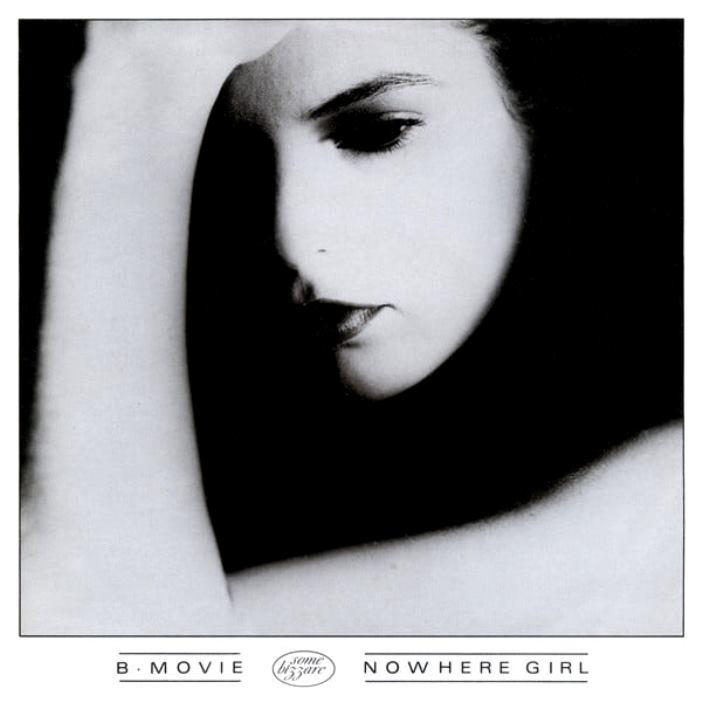

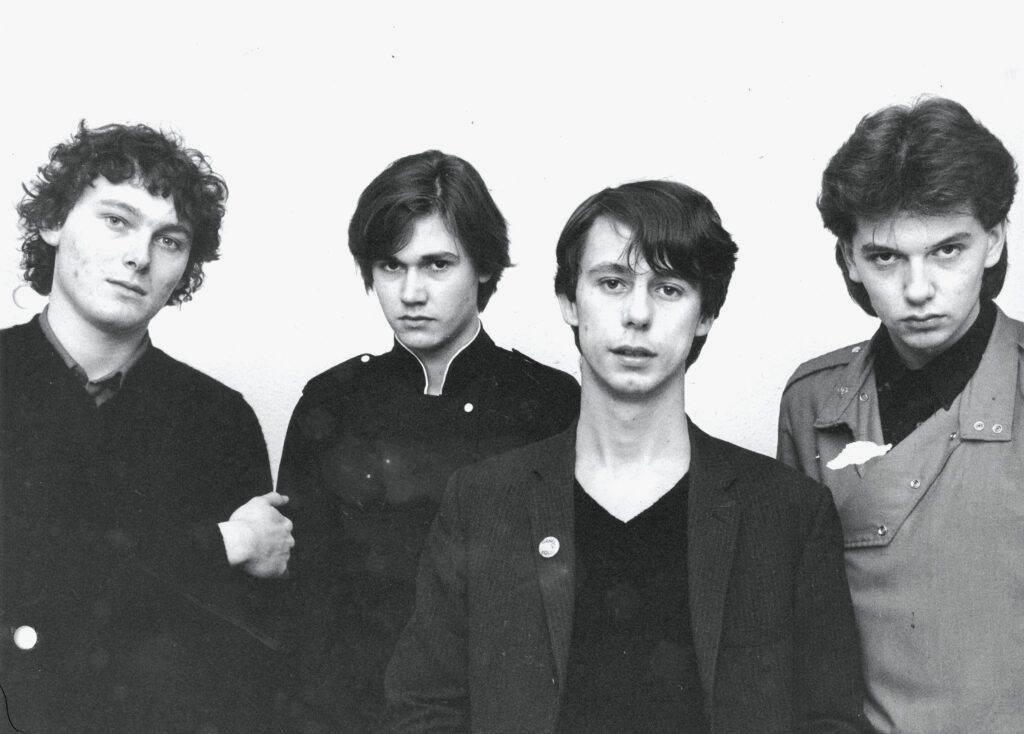

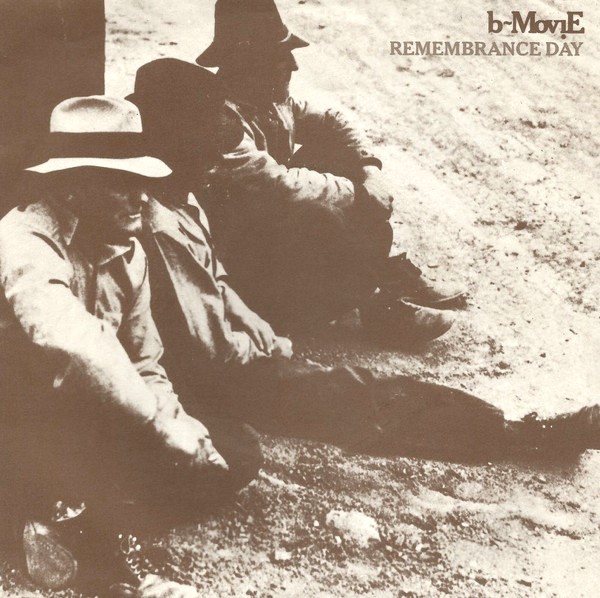


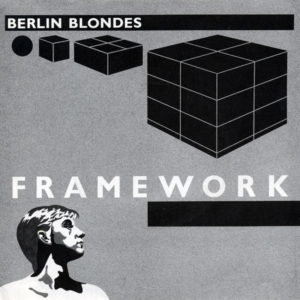
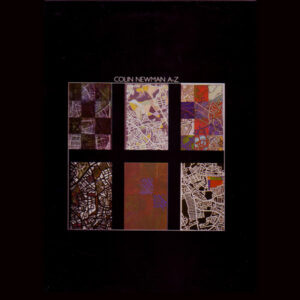
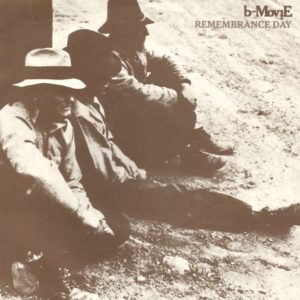
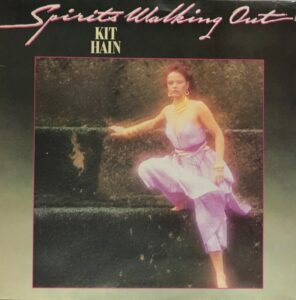
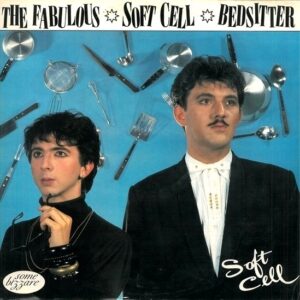
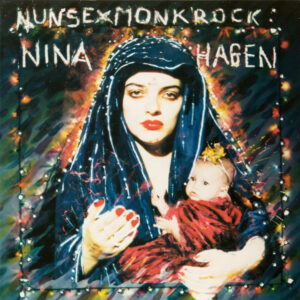
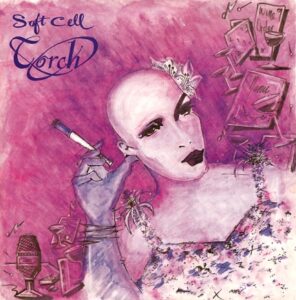
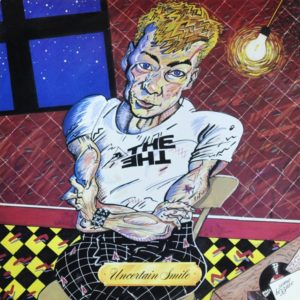
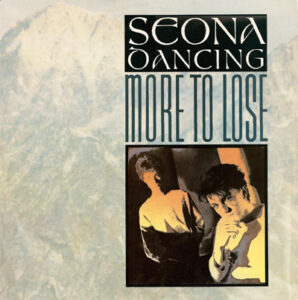
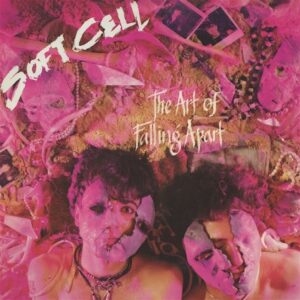
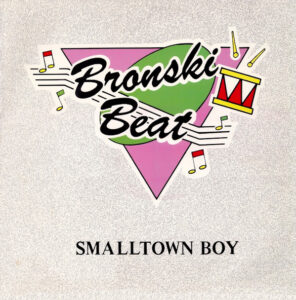
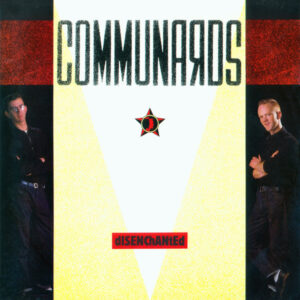
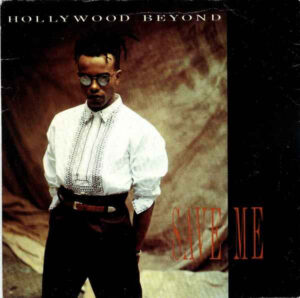
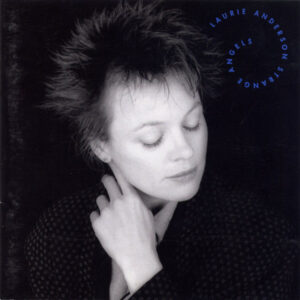
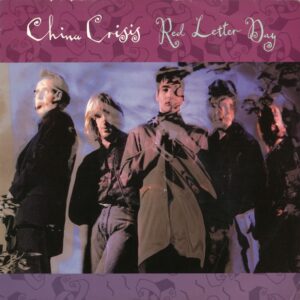
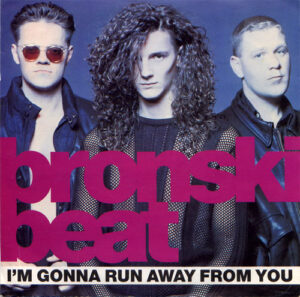

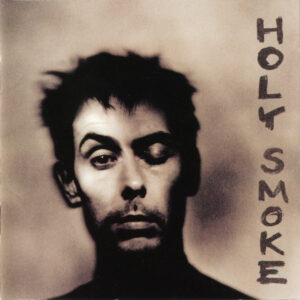
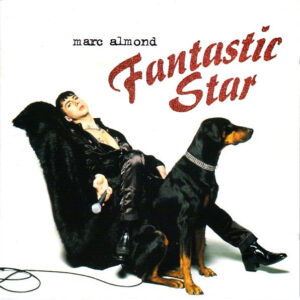
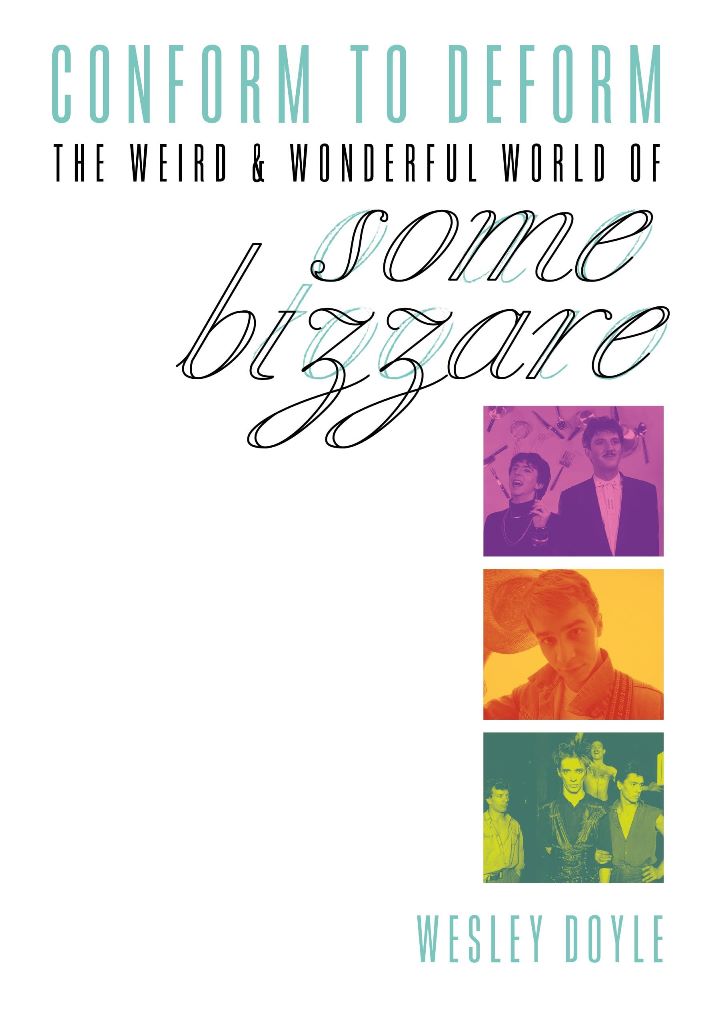
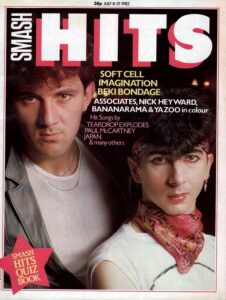
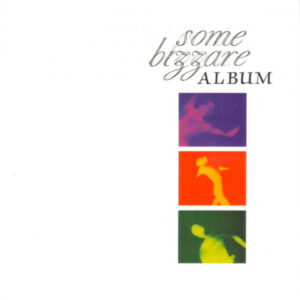
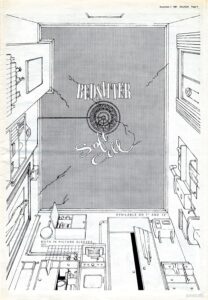
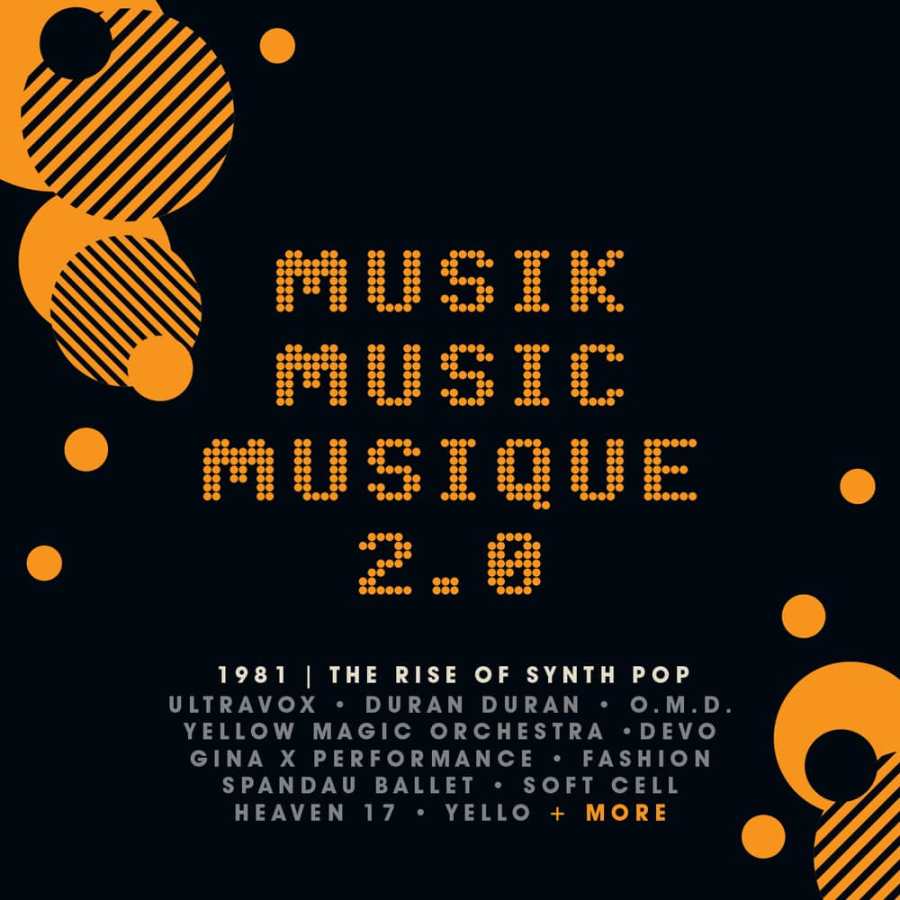
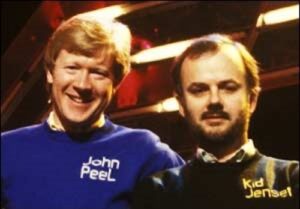
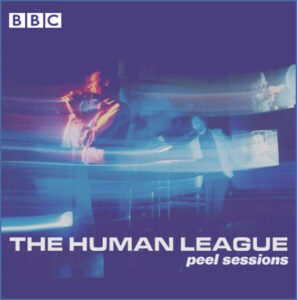
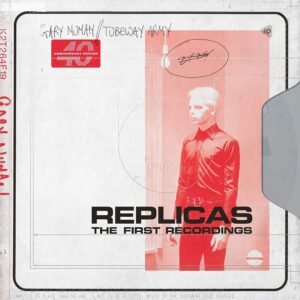
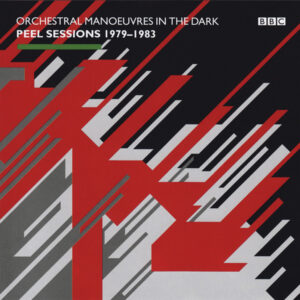
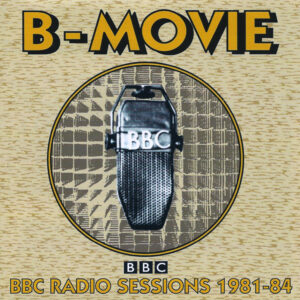
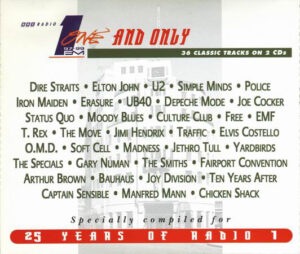

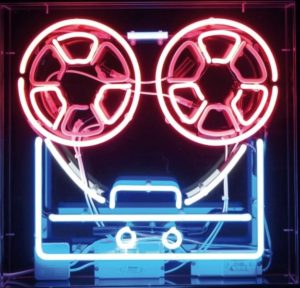
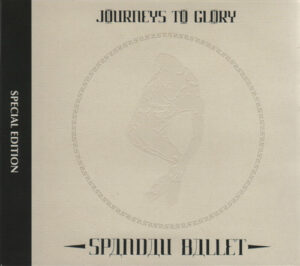
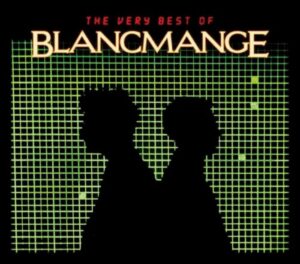
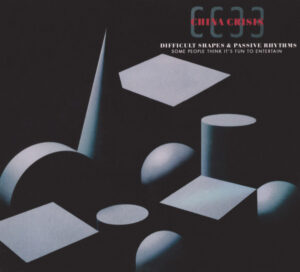
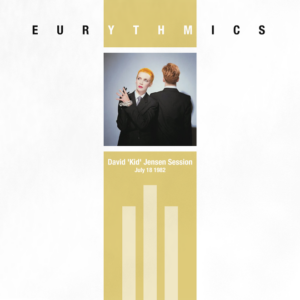
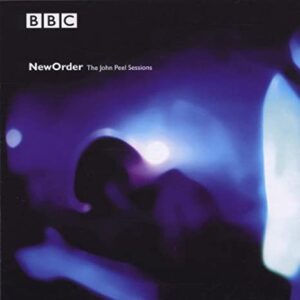
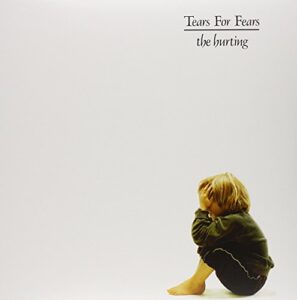

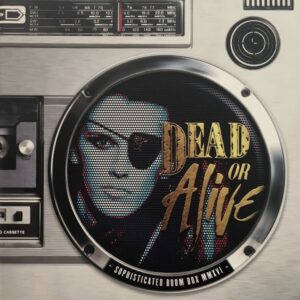
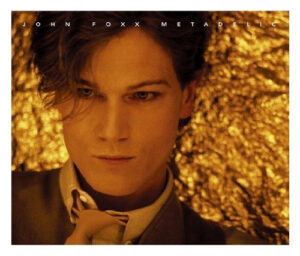
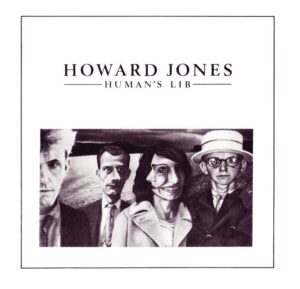
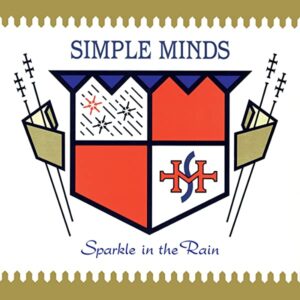
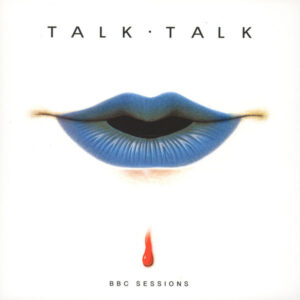
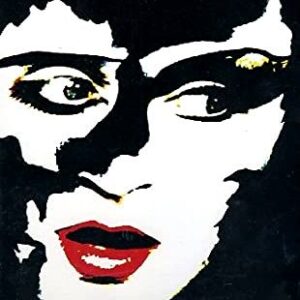

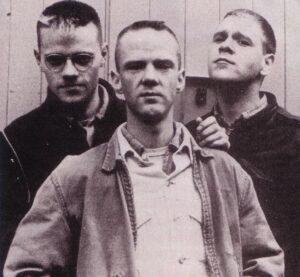
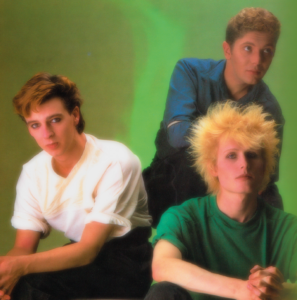
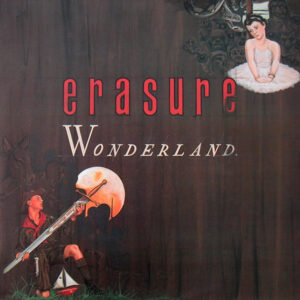

Follow Us!